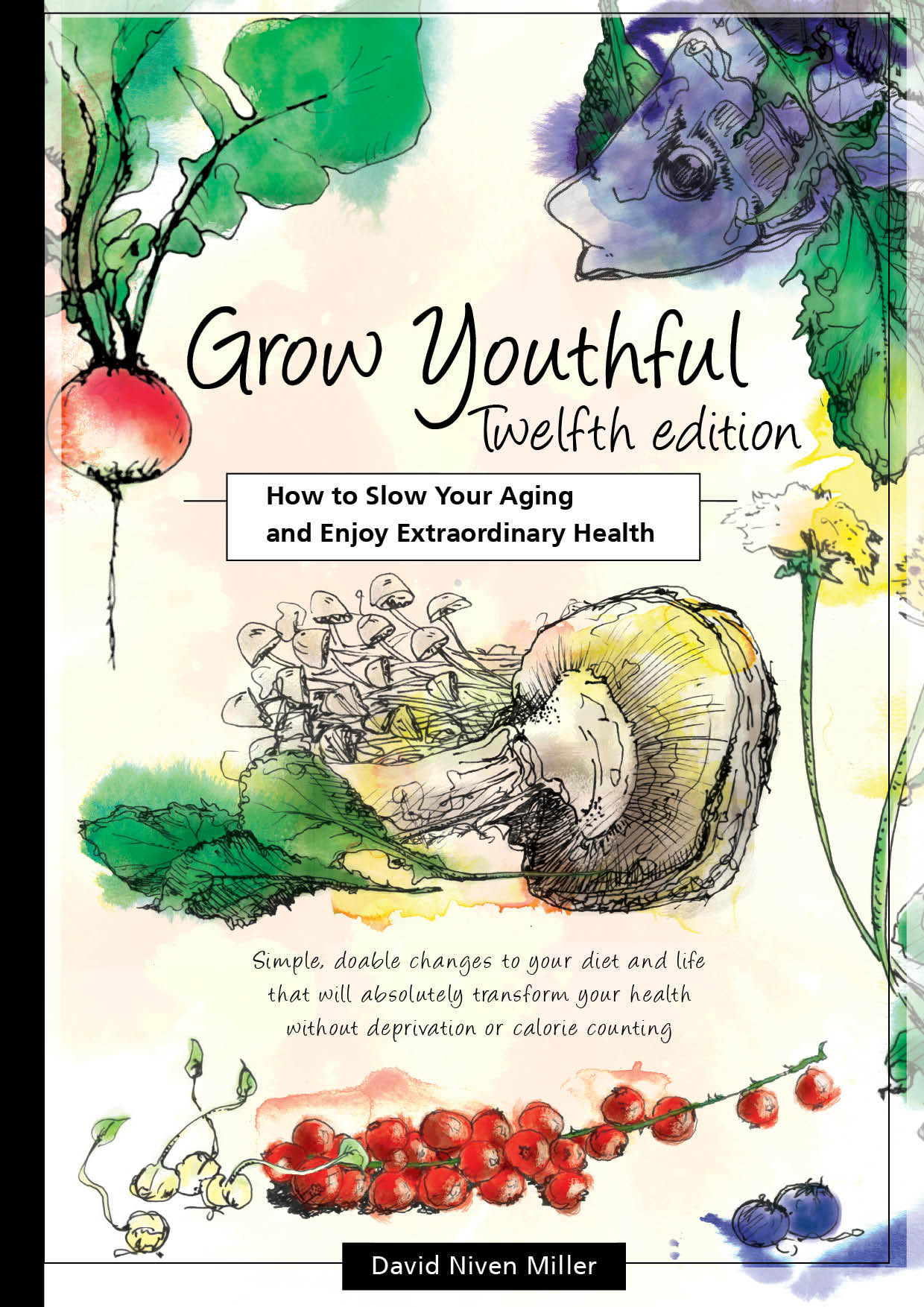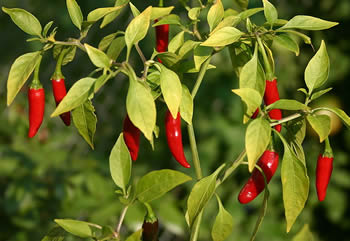
Cayenne pepper
What is cayenne pepper?
Cayenne pepper properties
How to use cayenne pepper
References
What is cayenne pepper?
Cayenne pepper is also known as Guinea spice, cow-horn pepper, aleva or bird pepper. Capsicum annuum is a red-coloured, hot chili pepper in the nightshade (solanaceae) family. Named after the city of Cayenne in French Guiana, it is a cultivar of capsicum annuum.
Other varieties of capsicum annuum include Aleppo, Anaheim, Ancho, Banana pepper, Bell pepper, Cascabel, Cayenne, Chilaca, Chungyang Red Pepper, Chiltepin, Cubanelle, De arbol, Dundicut, Facing heaven, Fresno, Guajillo, Hungarian wax, Italian sweet, Jalapeno, Mirasol, Macho, Medusa, Mulato, New Mexico (Anaheim), Paprika, Pasilla, Peperoncini, Peter, Piquin, Pimento, Poblano, Puya, Santa Fe Grande, Serrano, Shishito and Tien Tsin.

Cayenne pepper is widely used in many different cuisines to add heat in cooking. You can use it in its fresh form, dried and powdered, or as dried flakes. It is the key ingredient in a variety of hot sauces.
It has vitamins A, B2, B6, C and E, and calcium, manganese and potassium. Its main active ingredient is capsaicin, which reduces blood platelet stickiness and boosts blood circulation.
Cayenne has been used as a traditional remedy for thousands of years.
Cayenne pepper properties
- Acts as a catalyst and increases the effectiveness of other nutrients and herbs when used with them.
- Stimulates blood circulation.
- Normalises blood pressure (both high and low).
- Promotes better circulation internally.
- Natural blood thinner and clot buster.
- Promotes elasticity of blood vessels.
- Prevents bleeding when applied to a wound.
- Speeds healing of wounds.
- Clears mucus in nose and lung congestion.
- Relieves inflammation.
- Relieves allergies.
- Prostate health. Reduces prostate swelling and risk of prostate cancer, and is a treatment for prostate cancer. (1, 2)
- Relieves pain.
- Stimulates creation of hydrochloric acid in the stomach, and other digestive secretions including saliva.
- Digestive healing aid, helping repair damaged tissue and stimulate peristaltic action in the intestines.
How to use cayenne pepper
It is great if you can grow or buy it fresh - simply add to your cooking and salads. However, for medicinal purposes this does not give much control on dosage. If using powder, buy fresh powder from Asian or other ethnic stores, not capsules.
Cayenne pepper should feel burning hot when you have a little on your tongue, especially if you are not used to it. Start with 1/16 teaspoon in a glass of warm water. Gradually build up to 1/4 teaspoon, or 1/2 to 1 teaspoon if you are taking it for specific ailments.
A few people are allergic to cayenne pepper. Most of those who have this allergy are aware of it through experience such as reacting to hot curries with allergic symptoms such as a skin rash or rapid pulse.
References
1. Thoennissen NH, O'Kelly J, Lu D, et al. Capsaicin causes cell-cycle arrest and apoptosis in ER-positive and -negative breast cancer cells by modulating the EGFR/HER-2 pathway. Oncogene. Jan 14 2010;29(2):285-296.
2. Mori A, Lehmann S, O'Kelly J, et al. Capsaicin, a component of red peppers, inhibits the growth of androgen-independent, p53 mutant prostate cancer cells. Cancer Res. Mar 15 2006;66(6):3222-3229.
